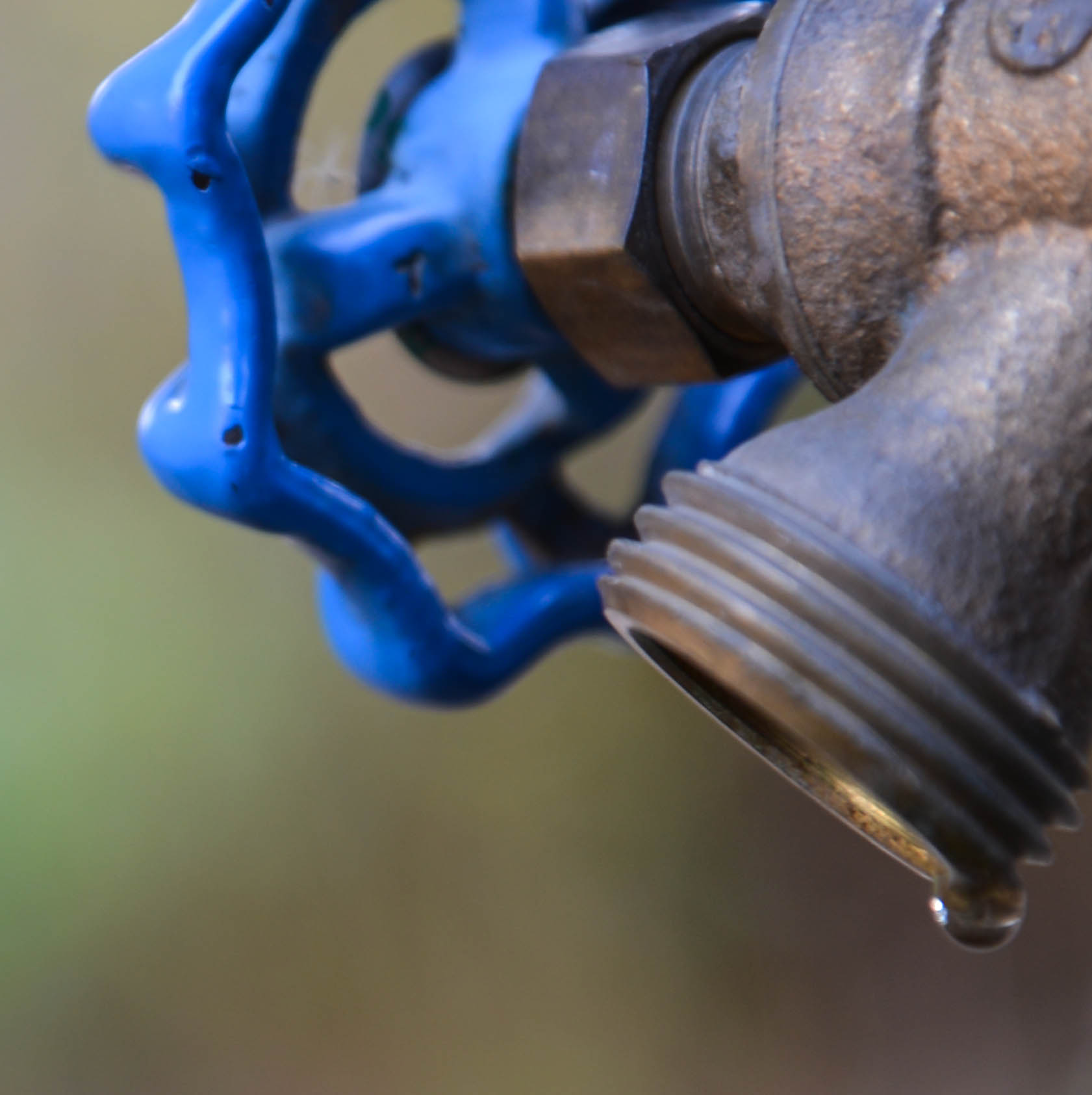Everywhere you look you will see different types of light: different shades, different colors, and different angles. Seeing things and noticing things are two very different animals, we see millions of things each day but our minds only notice a fraction of that. What did your spouse/significant other wear today? You saw it (probably dozens of times), but did you notice it?
Gear Used
Noticing the light is half the battle, the other half is knowing what to do once you notice it. Do you overexpose? Underexpose? Or split it down the middle and worry about it in post processing? If you ask me, I would say commit one way or the other and use post processing as a last resort. Read the scene and decide what you’d like to emphasize, the light or the dark areas, and shoot that way otherwise you risk blowing your highlights or losing data in your shadows. This brings up the last ingredient in the recipe required to own the light… Know your camera.
All of the different cameras out there tend to react differently to light. I shoot manual focus 99.9% of the time so I know if I simply point my camera toward the shade of light I’d like to meter from I can get the exposure I desire by half pressing my shutter button (if you use auto focus you can set your camera to exposure lock using another button so you aren’t locking your focus everywhere you try to meter). This saves me time and headaches in post processing… I don’t have to worry about the camera missing what I was trying to do and over or under exposing the shot I wanted. For instance, the shot directly above this paragraph was metered off of the brightest part of the wall to the right so that the shadows over her face were darkest. Had I simply metered for the scene I could have had everything pretty well-balanced but the image would have been boring.
Conclusion
The key to mastering the light is to notice it, not just see it. Once you notice the light you’ve got to know what you want to do with it and understand how your camera see’s the same scene so you can manipulate your camera to capture your subject the way your mind envisions it.
Grab your camera and find a spot where there are various degrees of light intensity (inside the house with the mid-afternoon sun shining in the window is a good place to practice). Now point your camera at different areas of the room and lock your exposure and take the shot. Now try a different area with a different intensity of light. Notice the difference? Now practice that as often as you can and you’ll be able to capture the elusive decisive moment without having to worry about getting the correct exposure.
Feel free to leave your thoughts in the comments section below and follow me over on Instagram @PhotolisticLife to keep up with my current work.





